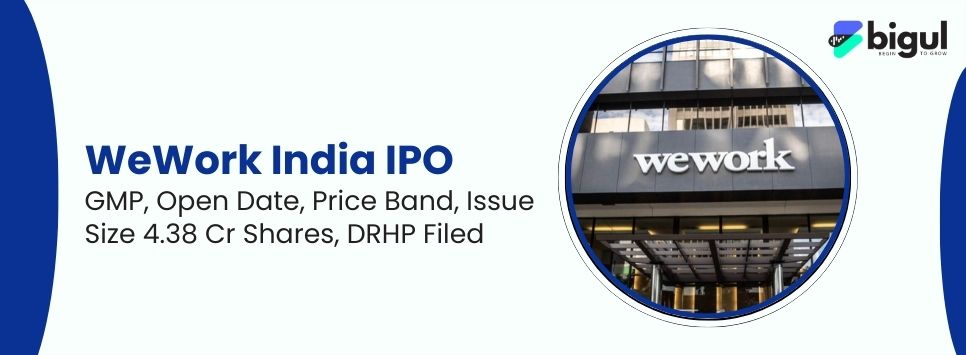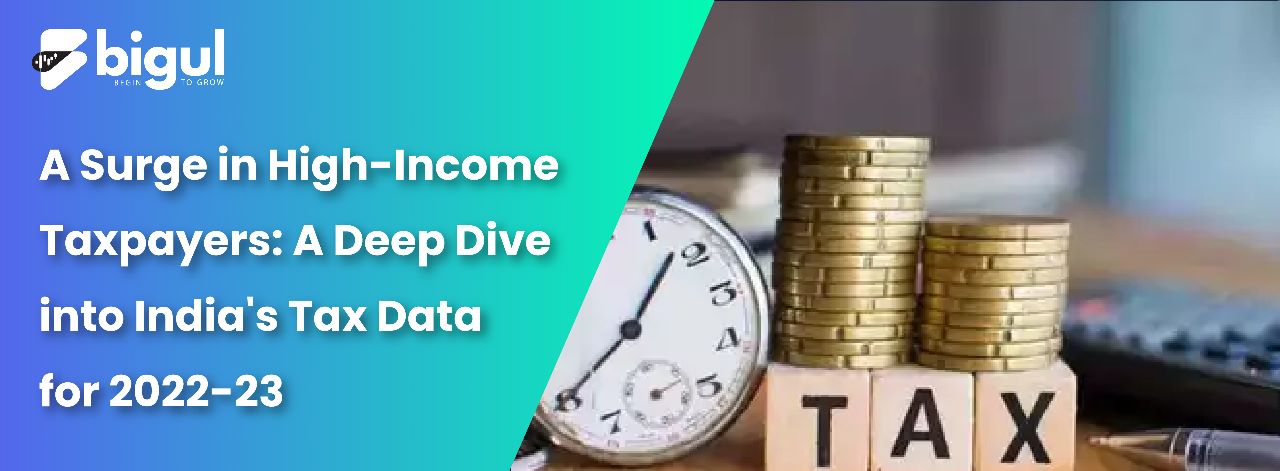The deadline for individual income tax return filings in India for the fiscal year 2022-23 closed on July 31, 2023, unveiling many intriguing insights about the taxpayers’ patterns.
Headline Numbers:
A remarkable 50% surge in individuals reporting an income exceeding Rs 1 crore compared to 2019.
Over 68% of the total taxpayers (equivalent to 4.65 crore) reported no taxable income.
Let’s delve deeper into these figures.
High Earners on the Rise
The most glaring revelation from the recent tax return data is the rapid rise in high earners. According to the Indian Express, the count of taxpayers earning more than Rs 1 crore annually stands at Rs 2.69 lakh for the fiscal year 2022-23. In stark contrast, this figure was just 1.80 lakh in 2018-19, marking an almost 50% jump.
| Financial Year | Taxpayers with Income > Rs 1 crore |
| 2018-19 | 1.80 lakh |
| 2021-22 | 1.93 lakh |
| 2022-23 | 2.69 lakh |
Majority Pay Zero Tax
A surprising 4.65 crore out of 6.77 crore individual income tax return filers did not pay any tax. This means these individuals either earned below the taxable threshold or had sufficient deductions to bring their income down to zero.
Breakdown by Income Brackets
To provide a clear picture of how taxpayers are distributed across various income brackets:
| Income Bracket (Rs) | Number of Taxpayers |
| Less than 5 lakh | 4.65 crore |
| 5 lakh – 10 lakh | 1.10 crore |
| 10 lakh – 20 lakh | 45 lakh |
| 20 lakh – 50 lakh | 19 lakh |
| 50 lakh – 1 crore | 3.3 lakh |
| Above 1 crore | 2.69 lakh |
Comparative Growth in Tax Brackets
The observed growth in the top income category isn’t consistent across all segments. While there’s only a modest 0.6% increase in the number of taxpayers earning above Rs 5 lakh annually from the previous period, the Rs 5 lakh to Rs 10 lakh bracket saw a more notable rise of 1.4% since the financial year 2018-19.
Conclusion
The tax data for 2022-23 shows an interesting picture of India’s changing economic sketch. With a considerable surge in high earners and a majority still earning below the taxable threshold, the findings have different implications for policymakers, economic analysts, and the general public. This data not only offers insights into wealth distribution but also cues for potential tax reforms in the future.








.jpg)
.jpg)
